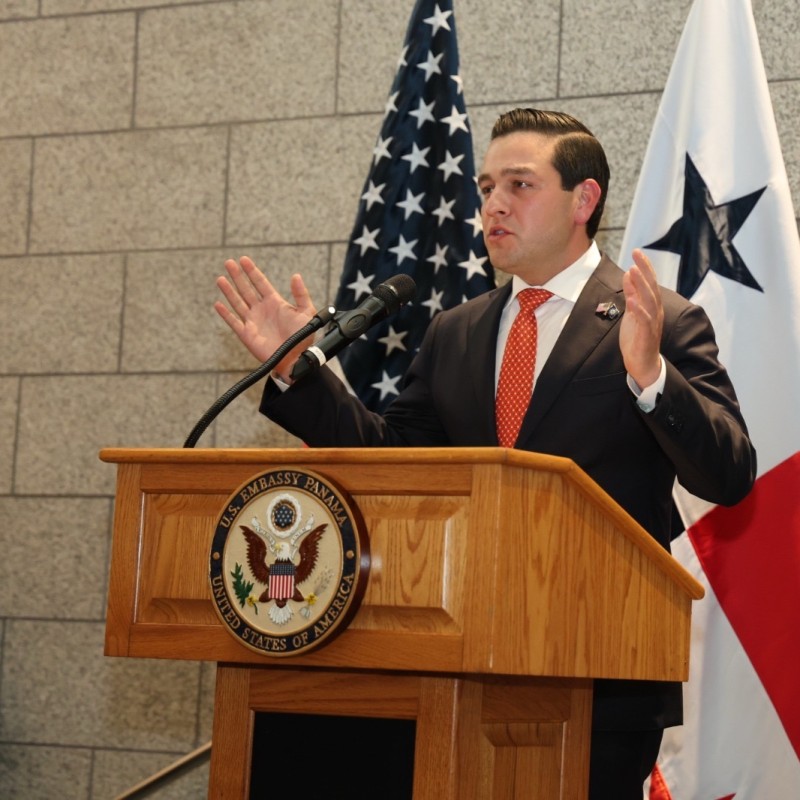Panama’s Fences in the Darien Questioned

The installation of at least 80 meters of barbed-wire fences in the middle of the Darien jungle by the Panamanian government in recent days has been questioned by human rights organizations as being ineffective and risky for migrants. The Colombian Ombudsman’s Office warned in a statement on Friday that migrants are at risk of suffering lacerations, coming across a fence with barbed-wire approximately 80 meters long and more than two meters high. However, Human Rights Watch also questioned whether it is an ineffective measure, given that the land border extends 266 kilometers.
In addition to the routes that migrants have created in their path, there may be many other paths, not only through the jungle and its water sources, but also through the Pacific Ocean and the Caribbean land areas. “Given the combination of the geographic challenges of the area, the lack of state control and the high flow of migrants and their desperation to cross, it seems to me that no amount of barbed wire will solve it,” Juan Pappier, deputy director for the Americas at Human Rights Watch, warned. “What could happen is that people take even greater risks on other routes.”
Both HRW and the Colombian state-run Ombudsman’s Office said that migrants have continued to pass through Darién, despite the installation of the fences. More than 520,000 migrants used the Darien jungle crossing last year as part of their route to the southern border of the United States, more than 63% were Venezuelan nationals, followed by Ecuadorians, Colombians and Chinese. So far in 2024, almost 200,000 migrants have crossed the jungle, according to Panamanian authorities. The Colombian Ombudsman’s Office also detailed in a statement that in one part of the fence they found pieces of wood – which they were able to obtain from the trees in the jungle itself – to lower the wire and pass through.
Panama’s newly inaugurated president, José Raúl Mulino, set out to stop the growing flow of migrants through the Darién jungle by blocking their passage. On June 28, a few days before his inauguration, Mulino visited Darién and proposed installing fences. “The concept of closing the border is more philosophical than physical… Serpentine fences have already been placed in different parts of the Darien jungle, on the Panama side, with the aim of having people take the single route to get here, not scattered. It is a way of establishing control on the border,” Mulino told reporters.
It was not specified which parts or the extent of the border this measure would cover. Frank Ábrego, his designated Minister of Security, explained that day that the blockades were being carried out by patrols of the National Border Service (Senafront) and that they were notifying the Colombian authorities and the migrants arriving at the border crossing.





